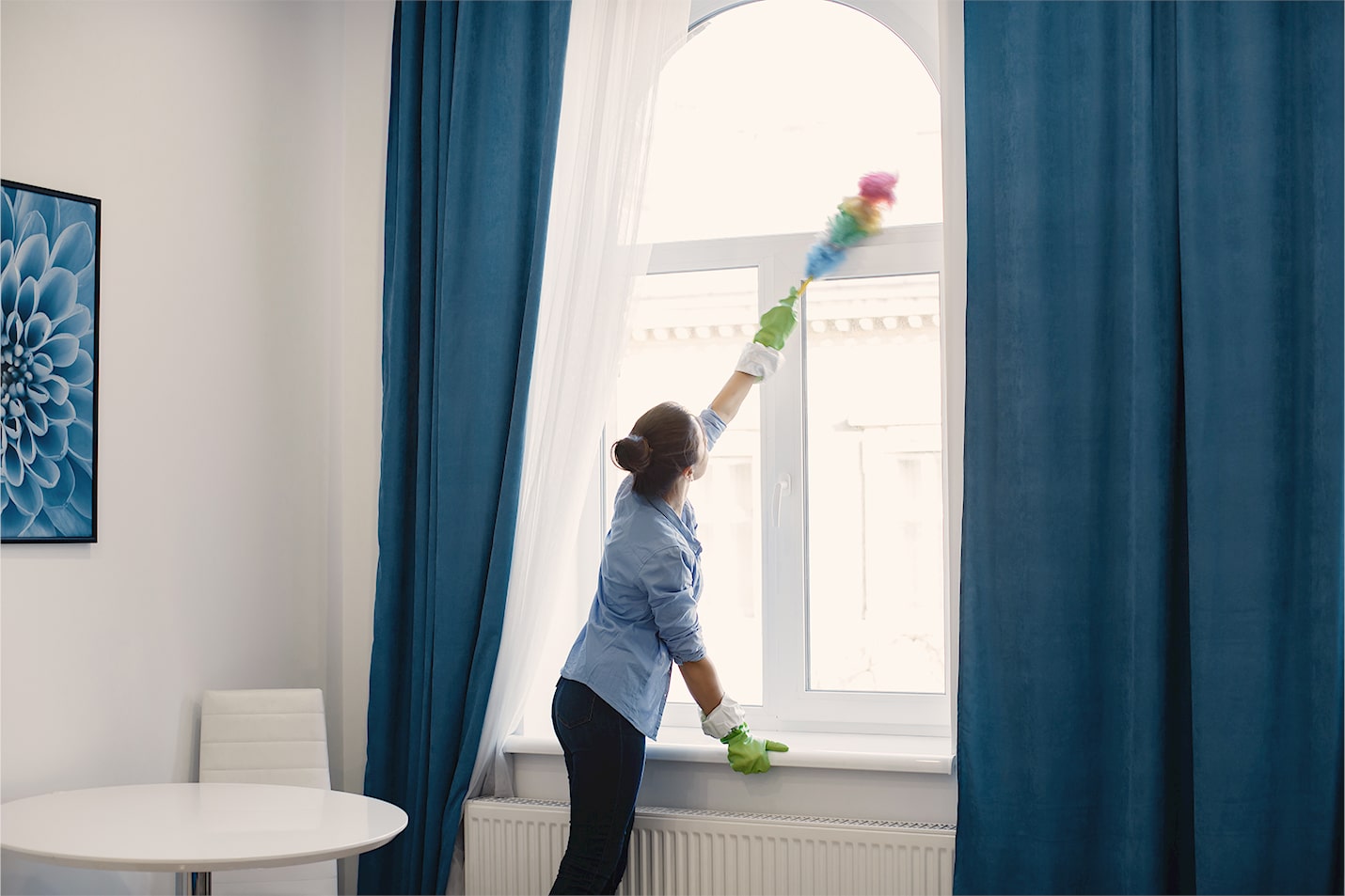Cleaning & Disinfection of Surfaces in Non-Healthcare Settings
In these unprecedented times, the necessity of regular and thorough cleaning and disinfection of surfaces in all types of settings should not be underestimated. While the focus has mainly been on healthcare settings, it’s important to remember that non-healthcare settings must also be cleaned and disinfected regularly to prevent the spread of harmful pathogens. Cleaning and disinfecting surfaces is an important part of controlling the spread of infectious diseases, so it’s essential to understand the latest techniques and products available to keep yourself and others safe.
Introduction
It is important to clean and disinfect surfaces in all settings, including homes, offices, schools, and other places where people gather. Doing so can help slow the spread of illness-causing germs.
Cleaning means using soap and water to remove dirt and debris from surfaces. Disinfecting is the use of chemicals to kill germs on surfaces. When used together, cleaning and disinfecting can help ensure that surfaces are safe and free of harmful microbes.
There are many different products available for cleaning and disinfecting surfaces. It is vital to read labels carefully and follow the manufacturer’s instructions for use. Some products may require additional safety precautions, such as ventilation during use.
In general, the most effective way to clean and disinfect surfaces is to first wash them with soap and water to remove dirt and debris. Then, disinfect them with a household cleaner, disinfectant, or bleach solution. Bleach solutions should be made fresh daily and should never be used on bare skin or left on surfaces for more than 10 minutes at a time.
When cleaning or disinfecting any surface, always take care to protect yourself from contact with harmful chemicals by wearing gloves, eye protection, and a face mask if needed. Be sure to ventilate the area well while using any cleaners or disinfectants. However, the best alternative would be to use a product that’s devoid of harmful chemicals yet effective in disinfecting any type of surface!
Why is it important to clean and disinfect surfaces in non-healthcare settings?
Non-healthcare settings such as offices, schools, and homes can also harbour harmful bacteria and viruses that can cause infections and illnesses. Touchpoints such as doorknobs, light switches, keyboards, and phones are frequently touched and can harbour pathogens that can spread from person to person. Regular cleaning and disinfection of these surfaces can help reduce the risk of infection.
How to Use Disinfectant Safely?
If you are using a chemical multi-surface disinfectant spray, it is important to follow the manufacturer’s instructions for use. This will ensure that you are using the product safely and effectively.
When using a disinfectant, always:
-Read and follow the label directions carefully.
-Wear gloves, eye protection, and a face mask if recommended or required by the label.
-Keep children and pets out of the area while you are cleaning.
-Ventilate the area by opening windows or using fans if possible.
-Never mix cleaning products together. Combining products can release harmful gases.
Tips on Cleaning & Disinfection
Cleaning and disinfecting surfaces in non-healthcare settings is important to prevent the spread of illness-causing germs. The following are some tips on how to effectively clean and disinfect surfaces:
1. Use a cleaning solution or disinfectant that is approved for use on the surface you are cleaning. Be sure to follow the manufacturer’s instructions on how to mix and use the product.
2. Clean surfaces using a clean cloth or sponge. If using a disposable wipe, be sure to discard it after each use.
3. Pay special attention to areas that are commonly touched, such as door handles, light switches, countertops, and phones.
4. Allow cleaned surfaces to air dry or dry them with a clean towel or paper towel.
5. Always wash your hands with soap and water after cleaning or handling garbage.
What are multi-surface disinfectant sprays?
Multi-surface disinfectant sprays are versatile disinfectants that can be used on a variety of surfaces. These sprays are designed to kill a wide range of pathogens, including viruses and bacteria. These are ideal for use in non-healthcare settings. They can be used on hard surfaces such as countertops, doorknobs, and light switches, as well as soft surfaces such as upholstery and carpets.
While at it, it is important to check WHO’s website FAQs for cleaning and disinfection in non-healthcare settings.
To Conclude…
Cleaning and disinfecting surfaces in non-healthcare settings is a critical step in reducing the spread of germs and viruses. When done properly, it can reduce exposure to potentially harmful microorganisms while providing peace of mind to those who come into contact with these areas. To ensure that all surfaces are adequately cleaned and disinfected, follow the best practices outlined above, such as regularly wiping down or washing surfaces using appropriate cleaners, paying attention to high-touch areas, allowing adequate time for sanitizing products to work their magic, etc. With proper cleaning and disinfection measures applied diligently on a regular basis in non-healthcare settings, we can help keep ourselves safe from many infectious diseases.
